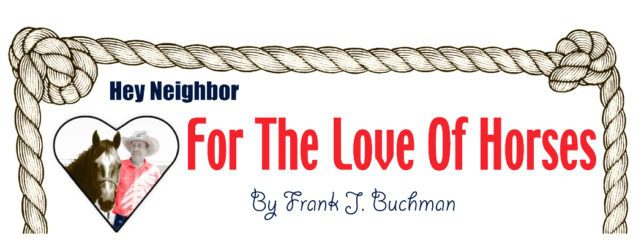Popularity of horse colors goes in fads.
Preferences of owners are reflected by increased numbers of certain colored horses as well as demand and dollars paid for these horses of specific colors at various times.
Palomino, buckskin, black, roan and many other colors have had heights of popularity from time to time. Fads come and go, but some owners continue to prefer a specific colored horse, and generally own, breed and ride their favorite colored
horse.
One of the horse color fads has been for those that are gray in color. There are many gray horses. They are a common sight wherever horses are present, but it could likely be said that the gray color in horses isn’t at a peak of popularity that it once was.
While most people have their own mind’s image of a gray horse, there are many color variations of a horse that really is gray in color.
So, what is a gray horse? Actually, it’s a very complicated answer that is difficult for most lay horse owners to comprehend.
“Gray horses have a mixture of colored and white hairs over a dark skin,” defined Glynis Scott, doctorate in equine genetics and horse color researcher.
“Graying is a process that occurs with aging so that gray horses are born some other color and eventually look almost white, though they are not genetically white horses, which are actually very rare,” Scott emphasized.
Paint horses have white hair color combined with that of another color. Some Paint horses are almost completely white, and can legitimately be called white. Albino is a white horse with pink skin, which can also be true in Paint horses.
Gray horses do not have pink skin, but in reality can become so white in color that gray horses have commonly been named Snowball, Whitey and Silver, among other similar descriptive names.
“The graying gene causes a more or less gradual change in the underlying coat color,” Scott said.
Sometimes, people describe gray as being, for example, rose gray, steel gray or dapple gray. “Although these may represent accurate descriptions at the time, such horses are at a particular stage of the graying process and will change over time,” Scott pointed out.
Steel gray horses, for example, may be young gray horses with a black base color. They will change as they mature, perhaps through a phase of dapple gray before going almost white.
Getting into the complex side of the discussion, Scott detailed that the gene which determines whether a horse will be gray has two alleles.
“An allele is one of two or more alternative forms of a gene occupying the same position on chromosomes,” Scott defined. “An individual normally has two alleles for each trait, one from either parent.”
Thus, a gray horse has a gray allele and an allele of some other color. “Because the gray allele is dominant, heterozygous gray horses can have foals of other colors, depending on their genotype for the other color genes,” Scott attempted to clarify.
Heterozygous means that the horse has dissimilar pairs of genes for any hereditary trait, while homozygous means having identical pairs of genes for a hereditary trait.
What is the probability of a gray foal from a gray mare and a chestnut stallion? The
chestnut stallion is homozygous for “non gray” alleles. The gray mare had only one gray parent herself and so must be heterozygous for the gray allele.
On average, half of the foals will be gray, while the others will be some other color that depends on the underlying color of the mare.
“Unfortunately, gray is associated with an increased risk of developing melanomas,” Scott related.
“It is thought that about 75 percent of gray horses older than 15 years develop a benign form of melanoma that can become malignant,” Scott verified. “Researchers have found that homozygous gray horses grayed faster and had a much higher incidence of melanoma.”
Flea-bitten gray horses develop speckles in the original coat color, after the graying process has started.
“For example, gray horses born chestnut develop chestnut ‘flea-bites.’ If this speckling starts soon enough, the flea-bites can become quite large and numerous, with the horse developing to look a bit like a leopard spot Appaloosa,” Scott noted.
“Flea-bites” are thought to be controlled by a separate and probably recessive gene, not linked to the gray gene. It is possible that other colors of horse can have the flea-bitten genotype, but the speckles wouldn’t show since they are the same color as the coat.
+++
